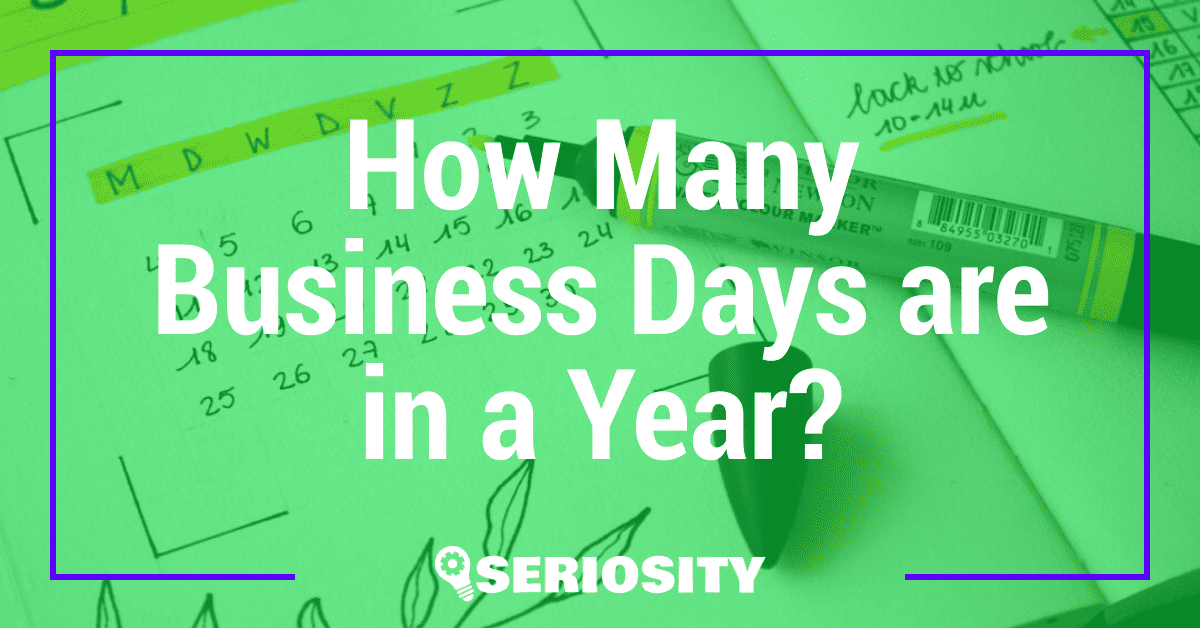Navigating the world of finances can be daunting, especially when faced with large expenses. That’s where payment plans come in handy. They offer a manageable way to break down significant costs into smaller, more digestible payments. Whether you’re dealing with medical bills, educational fees, or even a new gadget, payment plans can provide the financial flexibility you need.

I’ve found that understanding the different types of payment plans and their benefits can make a world of difference. From interest-free installments to subscription-based models, there’s a plan to fit almost any budget and lifestyle. Let’s explore how these plans work and how they can help you take control of your finances.
Understanding Payment Plans
Payment plans simplify financial management by allowing payments to be spread over time. They help avoid large, one-time expenses, making purchases more affordable.
What Are Payment Plans?
Payment plans break down large payments into smaller, scheduled installments. These plans can apply to various purchases, such as electronics, healthcare services, and educational fees. Reduced strain on monthly budgets is the key benefit. Payment plans come from both retailers and financial institutions.
- Interest-Free Installments: Retailers offer these plans, allowing customers to divide payments into equal portions without extra charges. An example is buying a smartphone with monthly payments over a year.
- Subscription-Based Models: These involve recurring payments for continuous access to a service or product. Examples include streaming services and gym memberships.
- Deferred Payment Plans: This type delays payments for a specified period. Examples include student loan deferments that kick in after graduation.
- Buy Now, Pay Later (BNPL): Retailers offer immediate purchase options with later payment. Examples include platforms like Afterpay and Klarna.
- Down Payment Plans: Buyers make an initial, significant payment followed by smaller installments. Common in real estate and automotive sales.
Benefits of Payment Plans
Payment plans offer advantages for both businesses and consumers. They provide flexibility, improved cash flow, and accessibility.
For Businesses
Improved Cash Flow
Payment plans enhance cash flow by allowing businesses to receive steady payments over time, reducing financial strain. This stability helps in budgeting and financial planning. According to Harvard Business Review, companies that offer payment plans see a significant reduction in accounts receivable days.
Increased Sales
Offering payment plans can boost sales by making products and services more affordable for customers. This approach attracts those who might otherwise hesitate due to high upfront costs. For example, furniture retailers often provide installment plans to promote higher sales volumes.
Customer Retention
Payment plans enhance customer loyalty by providing flexible payment options. Customers who find value in manageable payments are more likely to return for future purchases. Subscription services like Netflix and Spotify use this strategy to maintain a consistent user base.
For Consumers
Affordability
Payment plans spread costs over time, making large purchases manageable without impacting monthly budgets. This is particularly useful for expensive items like electronics or household appliances. According to a survey by LendingTree, 30% of Americans use payment plans to afford large purchases.
Budget Management
Consumers can better manage expenses with predictable, smaller payments. This control helps avoid debt accumulation and financial stress. Tools like Mint and YNAB integrate payment plans to help users track and manage their finances effectively.
Access to High-Quality Products or Services
Payment plans enable access to products or services that might otherwise be out of reach. This includes educational courses, medical treatments, and high-end technology. For instance, many universities offer installment payment options for tuition fees, making education more accessible to a broader audience.
By understanding the benefits of payment plans, both businesses and consumers can make informed financial decisions.
Key Factors to Consider When Choosing a Payment Plan
Selecting the right payment plan requires careful evaluation of multiple elements to ensure it aligns with individual financial needs and objectives.
Interest Rates and Fees
Interest rates and fees significantly impact the cost of a payment plan. High-interest rates can lead to higher total payments over time while low-interest rates make it more affordable. Always review the Annual Percentage Rate (APR) before committing. Fees, such as late payment penalties or service charges, can add to costs. For example, credit card installment plans often include both interest rates and fees, which should be weighed against available alternatives.
Payment Terms and Flexibility
Payment terms define the duration and structure of the repayment schedule. Flexible terms can adjust to monthly budgets and income fluctuations. Look for options offering variable payment amounts, deferment opportunities, or early repayment without penalties. Subscription services, for instance, sometimes offer month-to-month or annual plans that adapt to changing needs.
Comparison of Popular Payment Plan Providers
Selecting the right payment plan provider significantly influences financial strategy. Below, I compare different providers to help determine the best fit.
Financial Institutions
Financial institutions, like banks and credit unions, offer reliable payment plans. These plans often include low-interest loans and credit card installments. For example, Chase Bank provides flexible loan terms with competitive interest rates. Credit unions also offer member-focused rates and terms, aiming to build long-term relationships with their clients. However, eligibility criteria might be stringent, requiring strong credit scores and proof of stable income.
Retail Payment Plans
Retailers frequently partner with financial companies to provide Buy Now, Pay Later (BNPL) options. Popular BNPL services include Affirm, Klarna, and Afterpay, giving consumers the ability to split payments into smaller, interest-free installments. Retail giants like Amazon and Walmart use these services to attract more customers. These payment plans are accessible even for those with poor credit. However, missed payments can incur high fees, affecting customer credit scores.
Understanding the benefits and drawbacks of various payment plan providers ensures better financial planning and management, balancing convenience and cost-effectiveness.
Conclusion
Payment plans offer a practical solution for managing expenses effectively. With options like interest-free installments and Buy Now, Pay Later, there’s something for everyone. It’s crucial to consider factors such as interest rates and flexibility when choosing a plan. Comparing providers like banks, credit unions, and retail partners can help you find the best fit for your financial needs. Understanding the benefits and drawbacks of each option ensures you make informed decisions for optimal financial planning.














